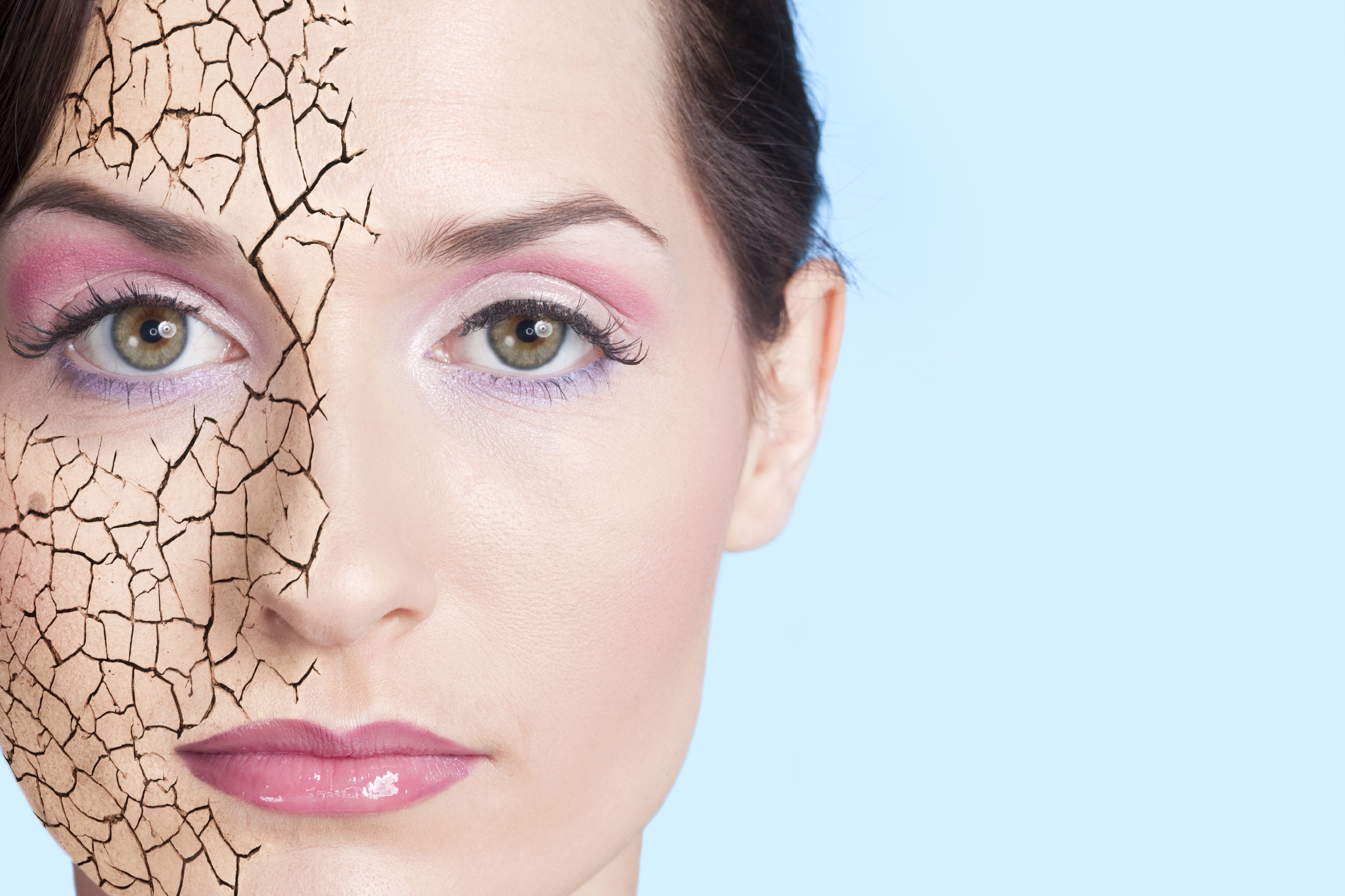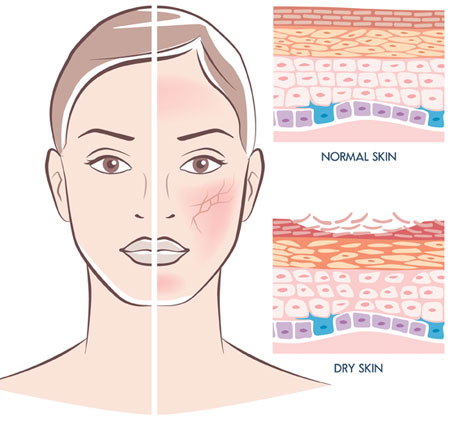14.01.2019
What Can Low Humidity Do to Your Skin?
If someone suffers from issues with their skin, often they may blame it on genetics. However, low relative humidity is often a cause of many problems when it comes to our skin, which can sometimes lead to infections and chronic disorders. Let’s explore what a low humidity percentage can do to your skin and, in turn, your health and comfort.
Dryness and Cracking
Our skin’s natural softness and supple texture are directly influenced by water content, which in turn, means that the amount of water vapour in the air impacts how much hydration it can receive. Our hypodermis, dermis, and epidermis consist of networks of soft tissues, nerves, oil glands, and other critical components. If exposed to low relative humidity for a prolonged period of time — such as at a dry office for a shift — they won’t work correctly. This can cause the skin to dry out due to a dramatic reduction in water content. Cracks may also form at the lips and in other areas, which can be quite painful.
Irritation and Discomfort
Along with that dryness and cracked skin, you may experience increased discomfort and irritability when in low-humidity conditions for long periods of time. It may also be more challenging to stay focused and calm due to such continuous distractions stemming from poor hydration. Combined with elements such as energy-sapping fluorescent lights, this is the perfect recipe for reduced workplace efficiency and productivity through no fault of the employee.
Rashes and Outbreaks
Psoriasis, eczema, acne, and other conditions are often the result of not genetics, but a low relative humidity percentage. Individuals constantly exposed to these sorts of conditions are generally much more susceptible to developing these problems, in addition to rashes, itching, and other skin-related issues. This can result in an added expense and stress to treat such conditions when they can be better managed with proper humidity control.
Many workplaces don’t address the health and safety risks associated with an inadequate or low humidity percentage. For optimal comfort and wellness among building occupants, your relative humidity (RH) should remain between 40 and 60 percent. Reach out to us at Condair today to learn more about our highly efficient, long-term cost-saving solutions.
Similar Links:
https://www.condair.com/humidity-health-wellbeing/


